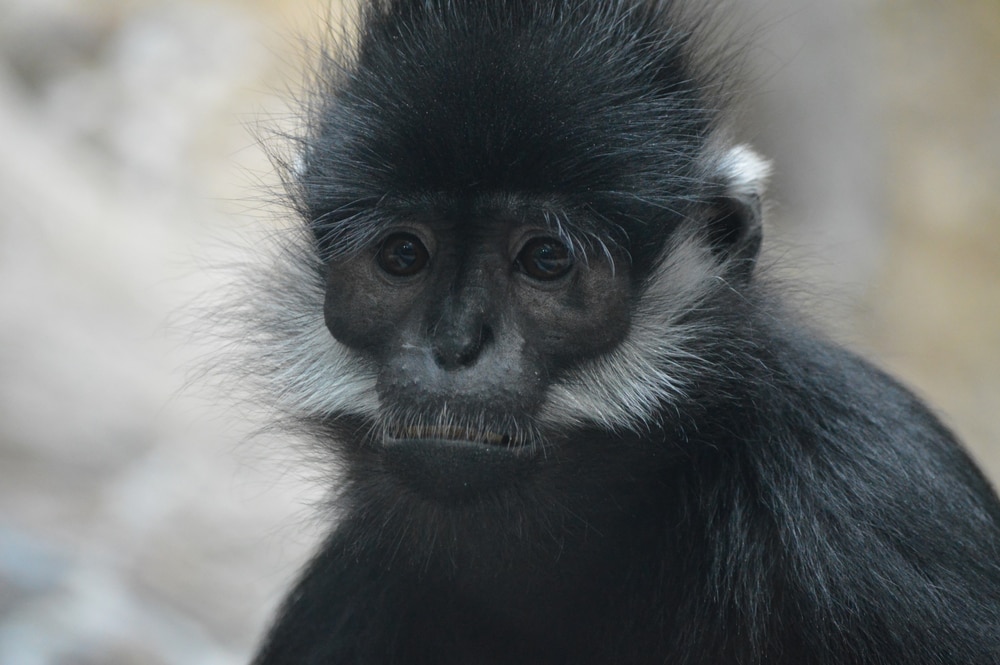Outforia Quicktake: Key Takeaways
- François’ langurs are a unique, yet understudied species of lutung monkey, notable for their distinctive physical features and social behaviors.
- These primates inhabit parts of Southeast Asia, particularly regions with limestone cliffs and karst formations, and live in matriarchal, close-knit family groups.
- They are primarily folivorous (leaf-eating), but their diet also extends to fruits, seeds, flowers, barks, insects, and cultivated crops.
- François’ langurs are endangered due to habitat loss from human activities, hunting, and predation by natural predators. Breeding programs in zoos and conservation institutions aim to preserve the species.
- They form an integral part of their ecosystems, controlling plant growth, aiding in seed dispersal, and serving as prey for larger predators.
François’ langurs (Trachypithecus francoisi) are a fascinating species of lutung monkey belonging to the Colobinae subfamily.
These langurs are named after the French Consul Auguste François, who first discovered them in the late 19th century. They are also known as Tonkin leaf monkeys and white side-burned black langurs.
As one of the least studied members of the Colobinae subfamily, François’ langurs hold great significance for primate conservationists and researchers alike.
Although François’ langurs may appear similar to other langur species at first glance, they have some distinct features that set them apart.
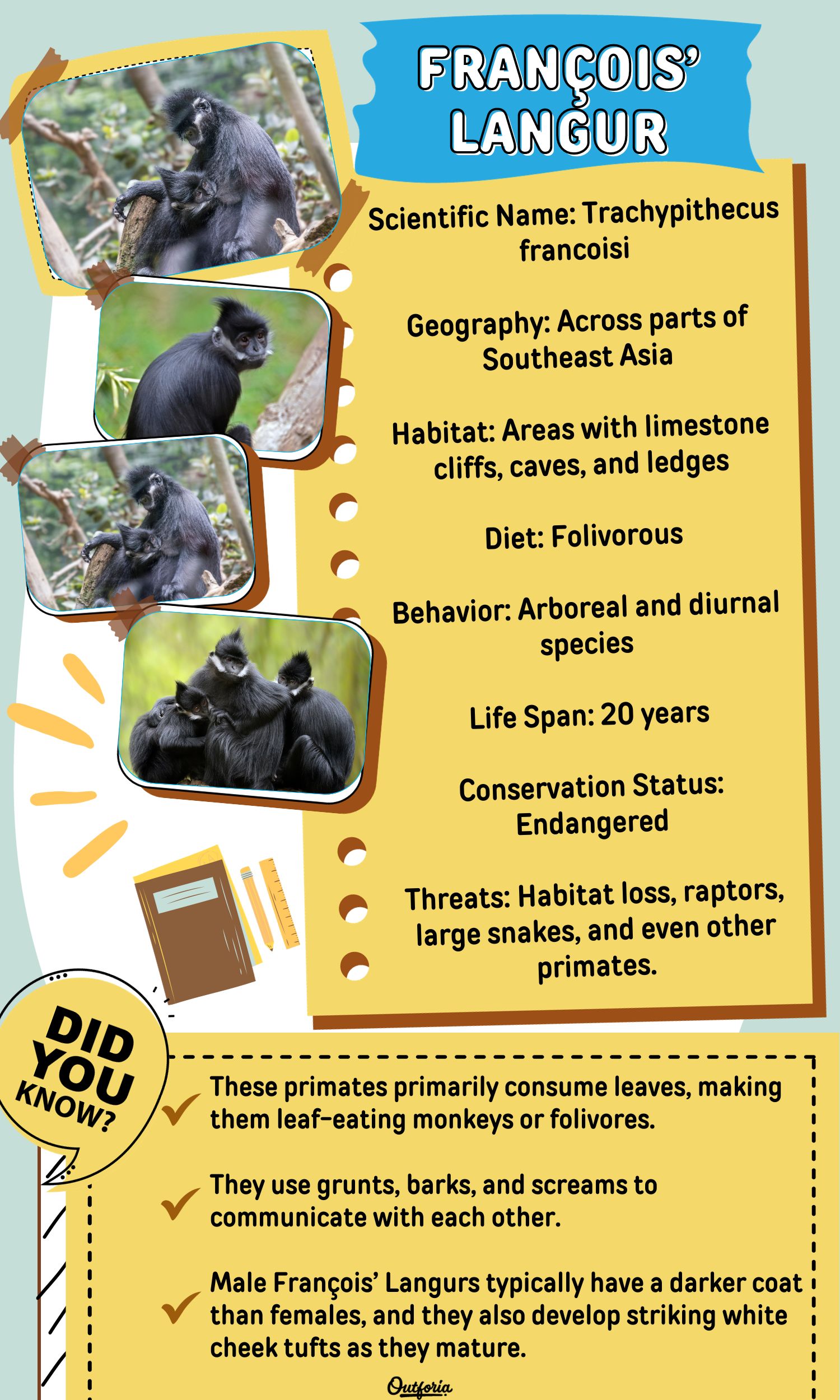
Share This Image On Your Site
<a href="https://outforia.com/francois-langur/"><img style="width:100%;" src="https://outforia.com/wp-content/uploads/2023/10/francois-langur-infographics.jpg"></a><br>François langur Infographic by <a href="https://outforia.com">Outforia</a>Geographic Range
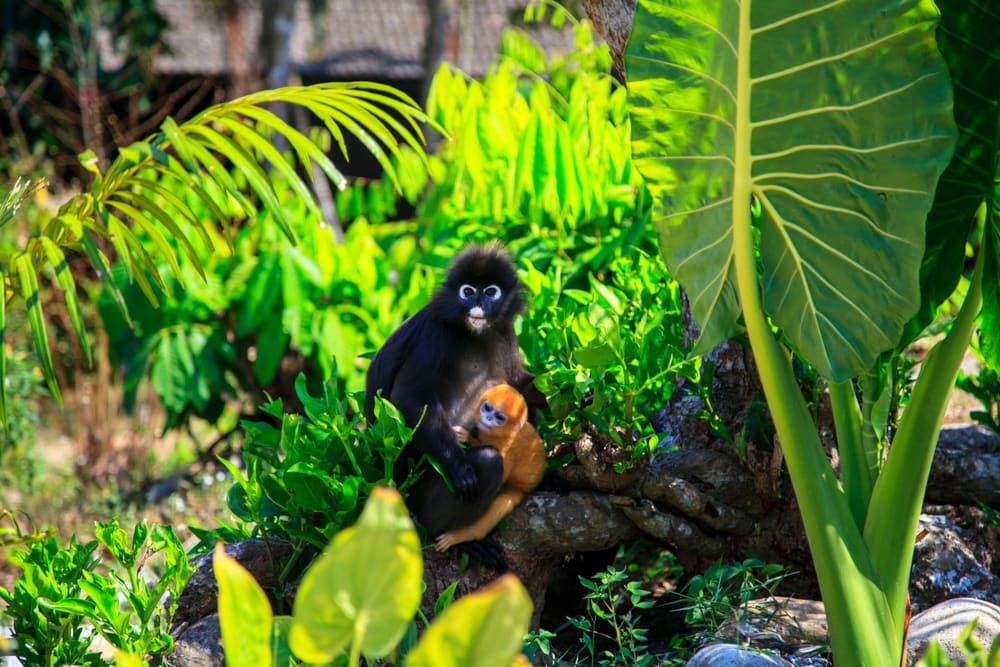
François’ langurs inhabit a unique geographic range, spreading across parts of Southeast Asia.
You can find these fascinating creatures in southern China, specifically in the Guangxi province, as well as in northern Vietnam and west-central Laos.
Habitats
These primates prefer areas with limestone cliffs, caves, and ledges. Karst formations, typically found in tropical and subtropical zones, provide the langurs with shelter and security from predators.
Karst formations are geological features that result from the dissolution of soluble rocks by the action of water.
The tropical forests surrounding these karst formations are characterized by moist forests and an abundance of trees.
This lush environment is perfect for François’ langurs, as they spend their days resting, foraging, and traveling in search of sustenance.
The elevation of their primary habitat ranges between 547-875 yd (500-800 m), accounting for a significant portion of the total area in the regions they inhabit.
Appearance and Physical Description

One of the most noticeable physical characteristics of François’ Langur is the long, pointed crest on top of the head. Their eyes are enhanced with a white crest that appears like an eyebrow. Their sleek, slender bodies are covered in fine black fur.
Additionally, their ears are partially concealed by the langur’s fur, giving them a delightfully rounded shape.
They weigh around 13 lbs (5.9 kg), making them a relatively small monkey. Their tail, long and thin, measures about 3 ft (91 cm) in length, and it has a white tip at the end. Although their tail is non-prehensile, it helps them maintain balance and agility.
They have specialized toes that enable them to grip branches securely, making them skilled climbers.
Infants are born with orange fur, which later turns black as they grow.
You May Also Like: Top 20 Ugly Animals: The World’s Ugliest Species (Pictures + Facts)
Behaviors and Lifestyle
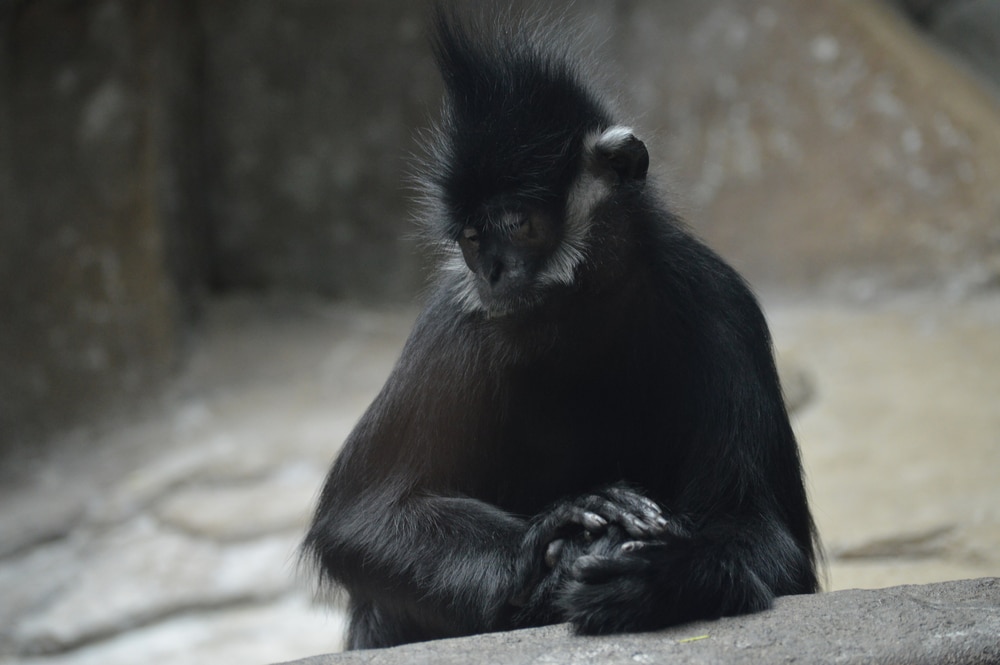
These primates are arboreal and diurnal, meaning they mainly live in trees and are active during the day.
They’re known for their incredible balance while navigating the limestone mountains they call home.
Females play a significant role in the care of infants, even occasionally participating in allomothering. Allomothering means they help care for the offspring of others within the group.
François’ langurs live in close-knit family groups, often consisting of one adult male, multiple adult females, and their offspring. They practice grooming to strengthen bonds within their group and build trust.
The society is generally matriarchal, and adult males will often leave the group to form new family groups. They’re also territorial and defend their territories from rivals.
Communication and Perception
These langurs use a variety of vocalizations, body language, and facial expressions to communicate. They can convey messages about their social status, warn of threats, and express emotions.
Grooming is also an essential aspect of communication among their kind. It provides physical and emotional comfort while reinforcing group relationships.
Within their family groups, François’ langurs establish a hierarchy, with the dominant female leading the group.
They can sense social cues and maintain relationships through various gestures. These gestures include bonding, grooming, and play. All these ensure peace and stability within the group.
Other adaptations
As foragers, they spend a substantial part of their day looking for food within their home range. They have a natural knack for finding and consuming the best sources of sustenance in their environment, ensuring their survival.
They also display remarkable adaptability by avoiding threats from predators such as eagles and leopards. To stay safe, they choose sleeping sites that are tucked away in difficult-to-reach locations.
Diet and Nutrition
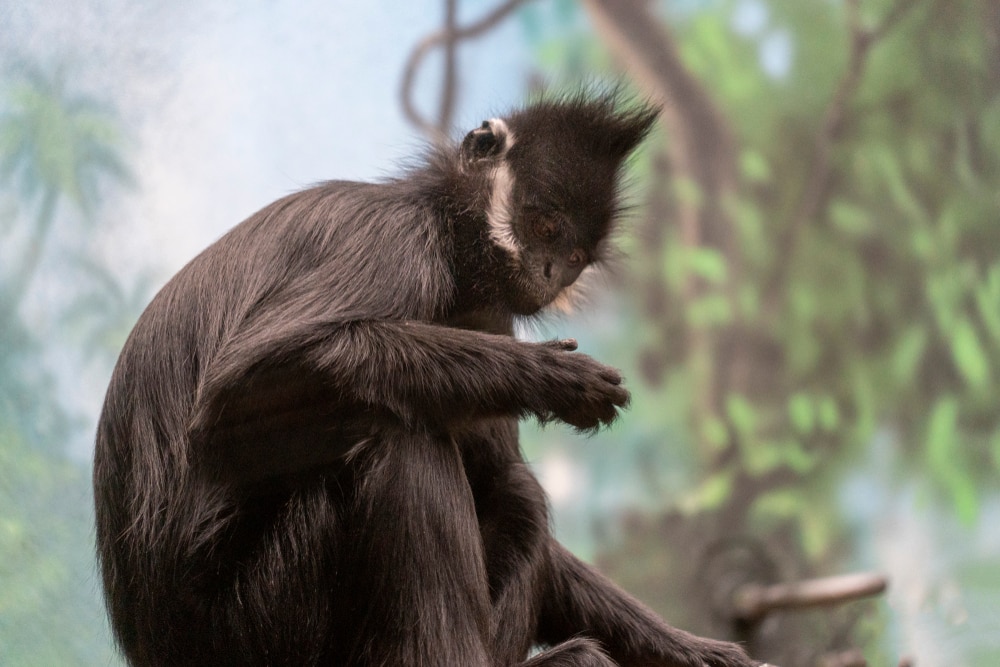
These langurs are primarily folivorous, meaning that they mainly consume leaves. In the wild, they rely on a variety of plant species for sustenance.
They spend about 61.6% of their feeding time munching on four staple plant species. 38.4% of their time is spent enjoying 36 other plant species that are either seasonal or rarely consumed food items.
However, their folivorous diet is not limited to leaves. They also incorporate fruits, seeds, flowers, and cultivated crops into their meals. Moreover, they may occasionally consume bark, stems, roots, insects, and minerals as part of their diet.
Their digestive system plays a vital role in processing the large amounts of leaves and plant materials consumed daily.
They have a specialized stomach with multiple chambers. It houses bacteria that help break down the tough cellulose in leaves for easier digestion and absorption of nutrients.
Furthermore, François’ langurs have sizable salivary glands. It aids in breaking down food in the mouth before it enters the stomach, easing the overall digestion process.
Reproduction and Mating Habits
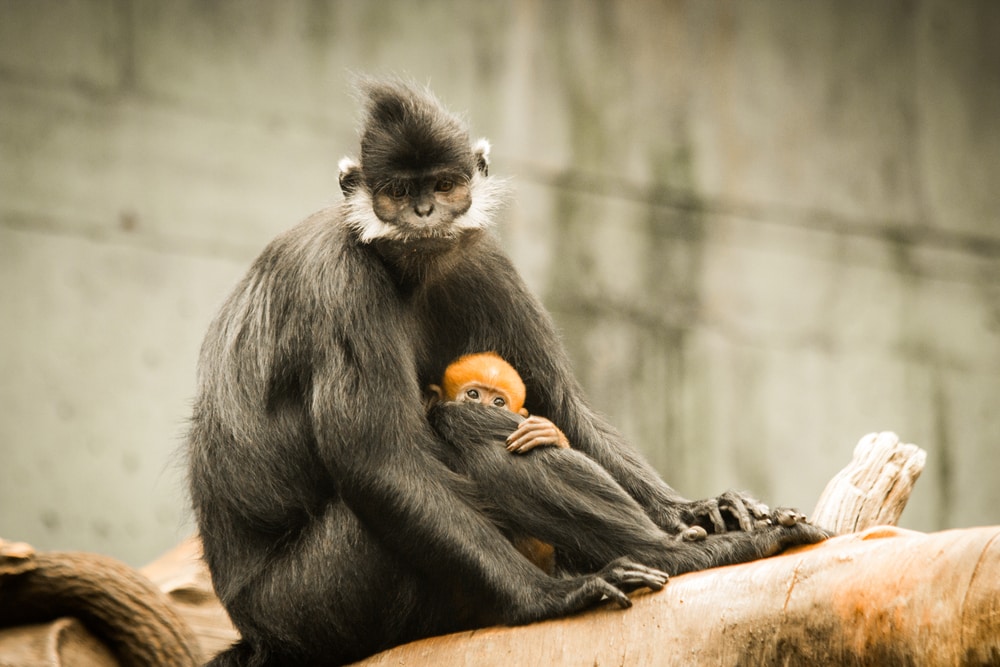
The mating habits of the François’ langur are quite distinct from those of other primates. In their social groups, there is typically one male, accompanied by multiple females.
Social dynamics and a female’s reproductive state both affect breeding within these groups.
Mating commences when the female is in estrus, which is the fertile period of her reproductive cycle.
During this time, there is an increase in mating behavior. Males pursue the receptive female and engage in grooming and vocalizations to strengthen the bond.
After a successful mating, these langurs have a gestation period of about 200 days. When the infants are born, their striking golden-orange color sets them apart from the adult’s black fur.
Initially, the young are completely dependent on their mothers for nursing and care. Their colorful coats enable the adults to keep a close eye on them while navigating the terrain.
In time, the infants are weaned from their mothers and begin to consume solid foods. Their coats gradually darken to black, matching the adults’ appearance.
This transition enables the young langurs to blend in with the rest of their group, making them less conspicuous to predators.
Weaning usually occurs between 9 and 12 months, after which the young langurs become more integrated into the group’s social hierarchy.
You May Also Like: Top 21 Animals With Long Tails Across The World
Threats and Lifespan
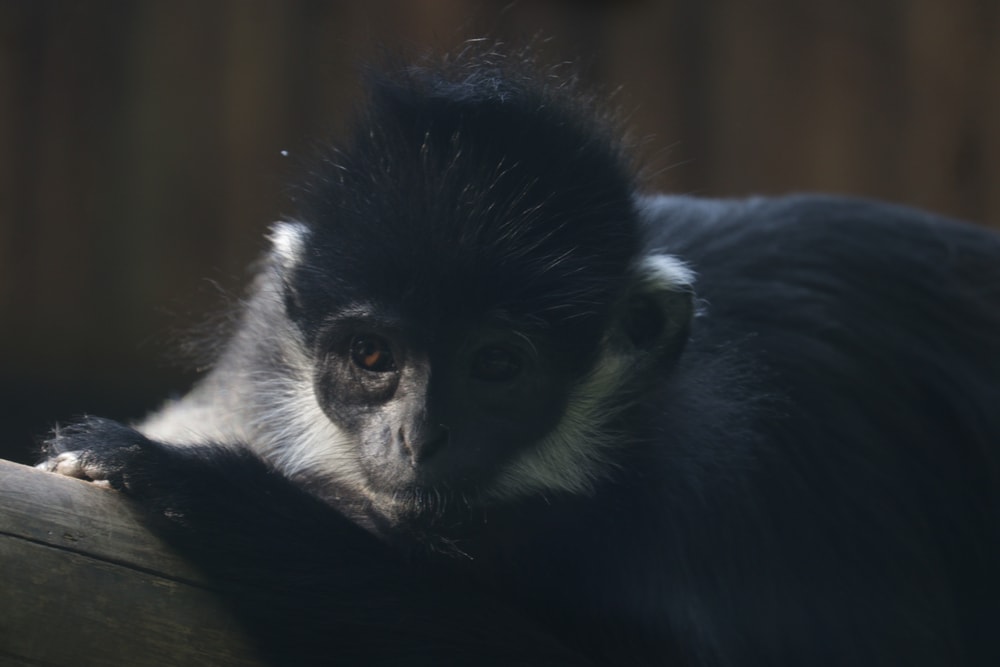
One of the most significant contributors to the plummeting population of François’ langur is habitat loss.
Their natural environment faces the constant threat of human encroachment; deforestation and the conversion of forests into farmlands pave the way for habitat degradation.
In addition to loss of habitat, François’ langurs are susceptible to predation by natural predators such as raptors, large snakes, and even other primates.
In terms of longevity, François’ langurs generally have a lifespan of around 20 years in the wild. However, reaching such a ripe age can be difficult due to the various threats they face, including the prevalence of diseases.
Ecosystem Roles

By consuming leaves from various tree species, they not only control the growth of certain plant species but also help disperse seeds, contributing to forest regeneration and diversity.
In turn, François’ langurs provide a valuable food source for a variety of predators. Being medium-sized primates, they are potential prey for larger mammals like leopards and birds of prey.
In this predator-prey relationship, the langurs serve an essential function by keeping predator populations in check and ensuring a balanced ecosystem.
Human-Langur Interaction
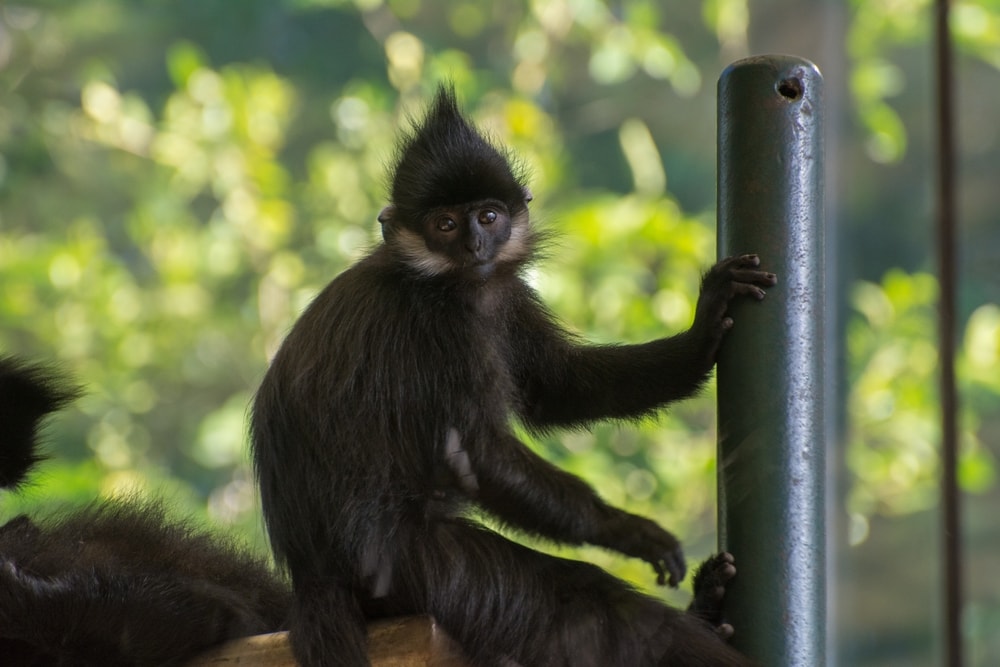
Interactions between humans and these langurs are common in areas like MNNR (Mayanghe National Nature Reserve). However, there can be both positive and negative consequences to these interactions.
On the positive side, langurs have the potential to play a role in promoting ecotourism. Many people are drawn to these regions to catch a glimpse of these elusive animals.
As you might know, ecotourism can lead to increased revenue for local businesses and promote environmental conservation efforts.
However, their natural habitats are degraded due to human activities. In fact, the langurs are often found foraging on cultivated plants, such as corn and sweet potatoes, resulting in crop damage.
Property damage can also occur as they find their way onto roofs, walls, and other structures in search of food.
To mitigate such issues, conservation efforts should be implemented. This can include:
- Setting up wildlife corridors
- Enhancing the local community’s understanding of these primates and their value to the ecosystem
- Promoting less destructive farming practices
Population Status
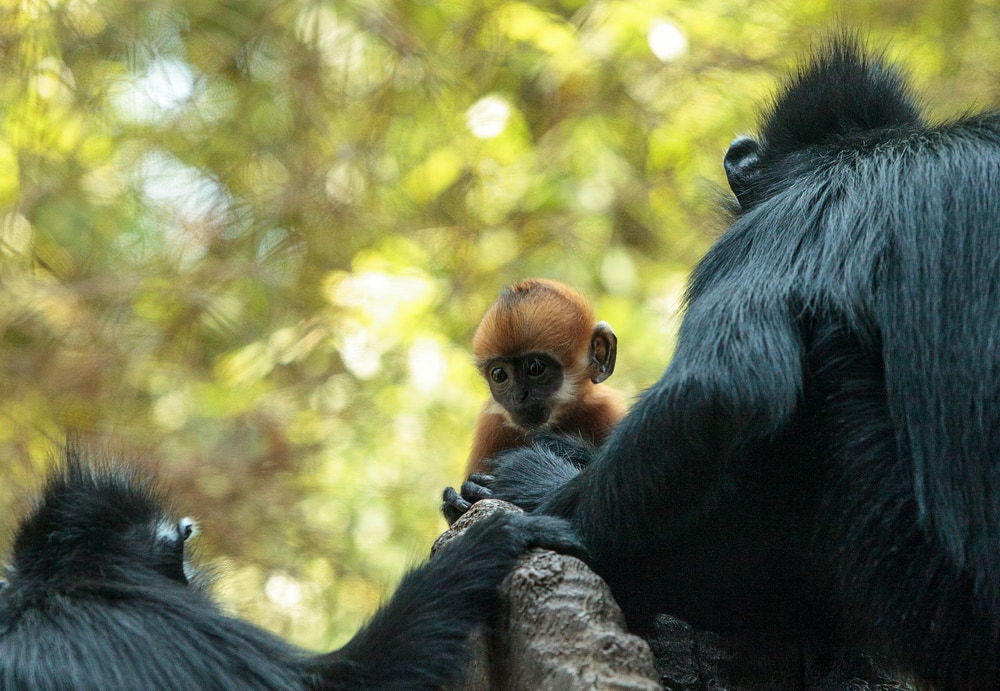
Langurs typically live in groups ranging from 4 to 27 langurs, with an average group size of around 12.
As of 2010, their population was surveyed in south-east Chongqing, China, to compare with historical records from the 1990s.
While there are no exact counts of their population, it is generally agreed that their numbers are declining due to various threats.
Conservation Status of François’ Langur
The IUCN has categorized the François’ langur as an endangered species on their Red List. Conservation efforts are taking place to preserve their populations and habitats. Some examples include:
- Establishing protected areas, such as national parks
- Monitoring populations
- Reforestation projects
- Community-based conservation programs
In addition to these initiatives, you might find it interesting to know that these primates are being cared for in North American zoos through conservation breeding programs.
These programs aim to maintain a sustainable captive population of langurs and contribute to global conservation efforts.
You May Also Like: Unveiling Earth’s Wonders: 26 Different Types Of Biomes Explored
François’ Langurs Frequently Asked Questions
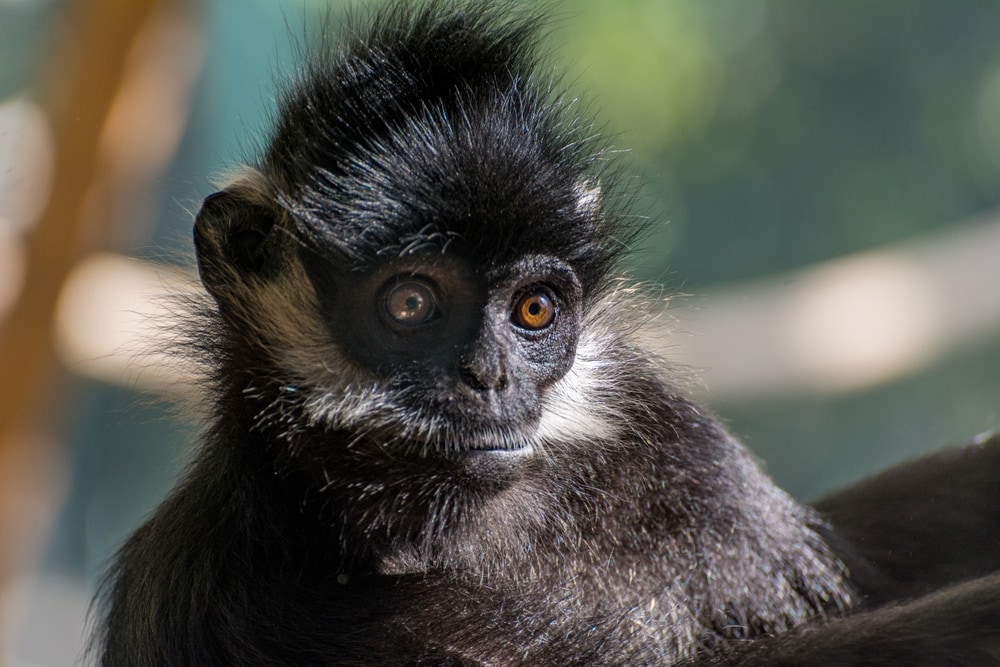
What do François’ langurs eat?
These primates primarily consume leaves, making them leaf-eating monkeys or folivores. They also occasionally consume fruits, seeds, and flowers, depending on the season and availability of their primary food source, leaves.
How do François’ langurs communicate?
They use grunts, barks, and screams to communicate with each other.
How can you distinguish between male and female François’ Langurs?
Male François’ Langurs typically have a darker coat than females, and they also develop striking white cheek tufts as they mature.



